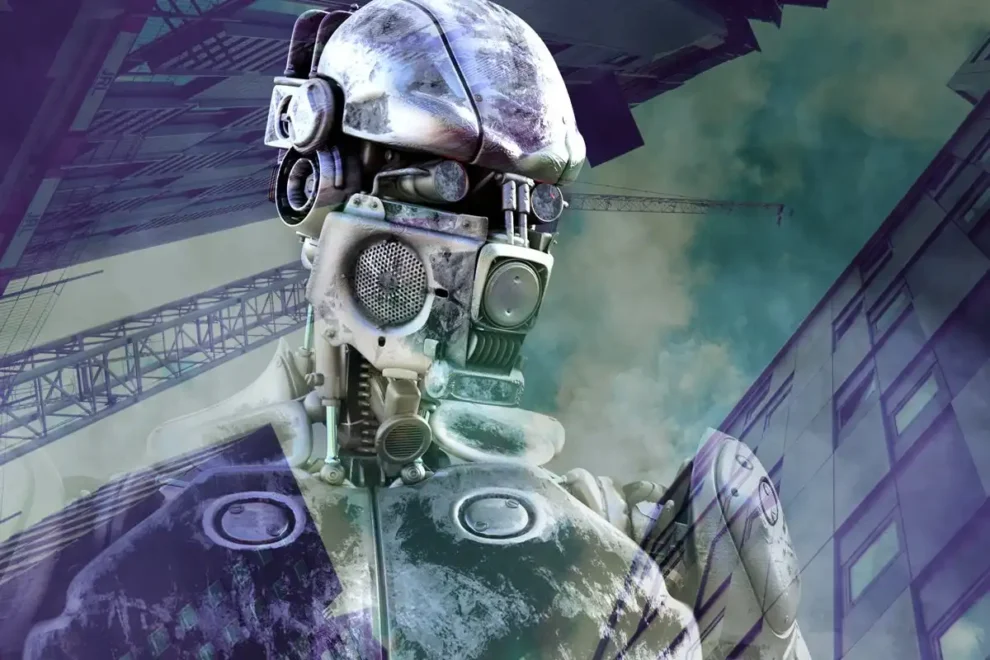The narrative surrounding artificial intelligence (AI) and its impact on jobs has often been painted with a brush of fear and uncertainty. Headlines proclaiming the imminent demise of entire professions due to AI automation have fueled widespread anxiety. However, a closer look at the evolving landscape reveals a different reality. AI is not a job-stealing monster, but rather a catalyst for unprecedented productivity gains and a reshaping of roles within the workplace.
Rather than replacing human workers, AI is empowering them to focus on higher-value tasks, unlocking new levels of efficiency, and fostering a more engaged workforce. From automating mundane tasks to providing real-time insights, AI is transforming how we work, enabling us to achieve more in less time and with greater precision.
This comprehensive exploration delves into the multifaceted ways AI is revolutionizing industries, boosting productivity, and redefining job roles. We’ll examine the compelling evidence from real-world case studies, analyze the potential benefits and challenges associated with AI adoption, and contemplate the dynamic relationship between humans and AI in the modern workplace.
The AI-Powered Transformation Across Industries
AI’s footprint is expanding across diverse sectors, leaving an indelible mark on the way we work. It is no longer a futuristic concept confined to research labs, but a tangible force reshaping industries worldwide. Let’s delve into some specific examples:
- Retail and E-commerce: AI-driven recommendation engines personalize the shopping experience, boosting sales and customer satisfaction. Chatbots provide instant support, while AI-powered inventory management systems optimize stock levels.
- Logistics and Transportation: AI optimizes routes, predicts delivery times, and streamlines warehouse operations. Self-driving vehicles promise to revolutionize transportation, improving safety and efficiency.
- Education: AI-powered tutoring systems offer personalized learning experiences, adapting to individual student needs. AI also automates administrative tasks, giving educators more time to focus on teaching.
- Agriculture: AI-powered drones and sensors monitor crops, predict yields, and optimize irrigation. Precision farming techniques enabled by AI minimize waste and maximize productivity.
The Productivity Surge
The integration of AI into workflows is driving a remarkable surge in productivity. By automating repetitive, time-consuming tasks, AI liberates human workers to dedicate their skills and expertise to activities that demand creativity, critical thinking, and complex problem-solving.
For instance, in the legal profession, AI-powered tools can sift through vast volumes of legal documents, extracting relevant information and precedents at lightning speed. This empowers lawyers to dedicate more time to strategic case development and client interaction.
AI also facilitates real-time data analysis, enabling businesses to gain valuable insights into customer behavior, market trends, and operational efficiency. These insights empower data-driven decision-making, leading to more targeted marketing campaigns, optimized production processes, and improved resource allocation.
The Evolution of Job Roles
The notion that AI will lead to mass unemployment is largely unfounded. While AI may displace certain jobs that involve routine tasks, it is simultaneously creating new roles and opportunities that require human skills that AI cannot replicate.
As AI assumes responsibility for data entry and analysis, the demand for data scientists, machine learning engineers, and AI ethicists is skyrocketing. The rise of AI-powered automation in manufacturing necessitates skilled technicians and engineers to design, maintain, and troubleshoot these advanced systems.
AI is not just about automation; it’s also about augmentation. AI-powered tools can act as intelligent assistants, providing valuable insights and recommendations to enhance human decision-making. In the medical field, AI algorithms can assist radiologists in interpreting medical images, flagging potential abnormalities and improving diagnostic accuracy.
The Path Forward: Navigating the AI-Powered Workplace
The successful integration of AI into the workplace requires a proactive approach to navigate potential challenges.
- Upskilling and Reskilling: As AI transforms job roles, continuous learning and development are essential. Workers need to acquire new skills to remain relevant and competitive in the AI-powered workplace.
- Addressing the Skills Gap: Bridging the gap between the skills demanded by the AI-driven economy and the skills possessed by the workforce requires collaboration between educational institutions, businesses, and governments.
- Ethical Considerations: The use of AI raises important ethical questions surrounding privacy, bias, and accountability. It is crucial to establish clear guidelines and regulations to ensure AI is used responsibly and ethically.
AI is not a harbinger of job losses, but rather a powerful tool that has the potential to revolutionize the way we work. By automating routine tasks, augmenting human capabilities, and generating valuable insights, AI is driving productivity gains, fostering innovation, and creating new opportunities. The key is to embrace AI as a partner, not a competitor, and to actively adapt and upskill to thrive in the AI-powered workplace.








